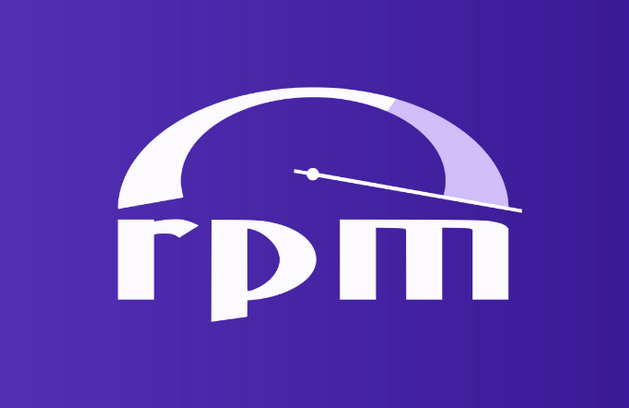
Welcome to the comprehensive guide on installing RPM dependencies with the Command Line Interface (CLI). As a seasoned user or a Linux enthusiast, you are aware of the pivotal role RPM (Red Hat Package Manager) plays in the seamless installation of software packages on your system. However, understanding and managing RPM dependencies can be a daunting task. Fear not! This article aims to equip you with an in-depth understanding of RPM dependencies and empower you to confidently install and manage them via the CLI.
Understanding RPM Dependencies
RPM dependencies are vital components that a software package relies on to function correctly. These dependencies can be of two types: runtime dependencies, which are essential for the software to run correctly, and build dependencies, which are necessary during the compilation of the software from source code. RPM diligently ensures that all the required components are in place, streamlining the installation process.
Preparing the System for RPM Dependency Installation
Before diving into the RPM dependency installation process, it’s crucial to prepare your system to avoid potential conflicts or errors. Firstly, ascertain that you have the appropriate package manager installed, such as YUM or DNF. Next, update the package database to have the latest package information at your disposal.
Identifying RPM Dependencies
Two methods can help you identify RPM dependencies: the RPM query and YUM package manager. Using the RPM query, you can obtain comprehensive information about installed packages and their dependencies. On the other hand, the YUM package manager simplifies the process by handling dependencies automatically.
Installing RPM Dependencies with CLI:
To install RPM dependencies via the CLI, you can choose between two methods: using the RPM command or the YUM command.
- Using RPM Command:
Step 1: Check RPM Package Information
Run the following command to view detailed information about a package:
rpm -qi package_nameStep 2: Install RPM Dependencies Individually
To install a specific RPM package along with its dependencies, execute:
rpm -ivh package_name.rpmStep 3: Handling Dependency Errors
If you encounter dependency errors during installation, try using the --nodeps flag with the RPM command to bypass dependency checks. However, exercise caution as this may lead to unpredictable behavior.
- Using YUM Command:
Step 1: Understand YUM Package Management.
YUM is a powerful package manager that resolves dependencies automatically, simplifying the installation process. To update the YUM database, execute:
yum updateStep 2: Install RPM Dependencies using YUM
Use the following command to install RPM dependencies and the corresponding package:
yum install package_nameStep 3: Verify the Installed Dependencies
To check if the dependencies are installed correctly, run the following command:
rpm -q --whatrequires package_nameHandling Common Dependency Issues
Despite RPM’s efficiency, you may encounter certain dependency issues. Let’s explore common scenarios and how to tackle them:
A. Resolving Version Conflicts:
When installing a new package, it may require a different version of an existing package, resulting in a version conflict. To address this, ensure you have the appropriate repositories enabled and use the --skip-broken flag with the YUM command.
B. Handling Missing Dependencies:
Sometimes, RPM may fail to find specific dependencies in enabled repositories. In such cases, manually search for the missing dependencies online and install them using the RPM command.
C. Dealing with Broken Dependencies:
If a package is installed but some of its dependencies are broken or missing, use the --skip-broken flag with the YUM command to bypass those errors during installation.
Automating RPM Dependency Installation
To save time and streamline the process, you can automate RPM dependency installation using Shell Scripts. Create a script that includes a list of required RPM packages and dependencies to install. Additionally, implement error handling mechanisms in the script to ensure a smooth installation process.
Tips for Efficient RPM Dependency Management:
To maintain a well-organized system and prevent potential issues, consider the following tips:
A. Keeping the System Up-to-Date: Regularly update your system and repositories to ensure you have the latest package versions and dependencies.
B. Checking for Orphaned Dependencies: Periodically scan for orphaned dependencies – packages that are no longer required by any other installed software. You can remove them using the YUM package-cleanup utility.
C. Using Virtual Environments: For complex projects with varying dependencies, consider using virtual environments like Python‘s virtualenv. This helps segregate project-specific dependencies from system-wide ones.
Removing RPM Dependencies
As your system evolves, you may want to remove certain RPM dependencies that are no longer necessary. However, be cautious as removing dependencies may break other software. Always review the implications before removing any package.
Conclusion
Congratulations! You are now well-versed in installing and managing RPM dependencies using the CLI. Armed with the knowledge and troubleshooting tips provided in this guide, you can confidently navigate RPM dependency challenges and optimize your system’s performance. Remember to keep your system up-to-date and practice prudent dependency management to maintain a well-functioning Linux environment.
